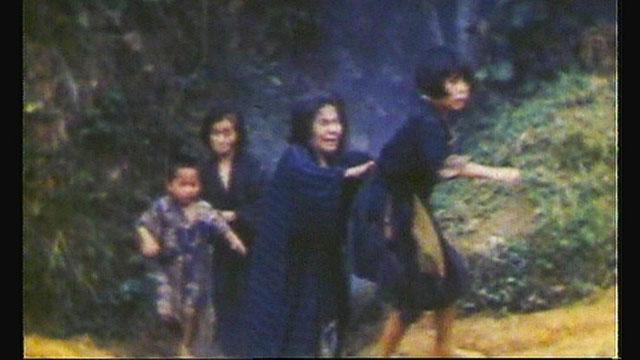The United States and its allies launched the massive operation in March, 1945. In the last stages of World War II, the allied forces considered Okinawa a strategic point for attacking Japan's main islands.
The US mobilized about half a million personnel, far outnumbering the Imperial Japanese military on the islands. They struck with overwhelming power, employing gunfire, rockets and tanks.
Japan's military leaders ordered their troops to prolong the battle. They wanted to bide time before the US attacked the main islands. Japanese officers pulled thousands of civilians into the fight, including women and teenagers. Within 2 months, US forces took the command center in the prefecture's capital, which is now called Naha, and turned the historic city into rubble.
Japanese commanders and personnel pulled back to the island's southern tip. Civilians also rushed south, but were trapped.
The US soldiers had faced suicide attacks and stopped distinguishing between civilians and Japanese military. They bombed caves where both were hiding. The deadly sweeps continued until the end of the operation.
Survivors say it was hell in the caves. They were starving and living amongst human waste. The wailing cries of the injured filled the narrow spaces. Witnesses say that Japanese soldiers killed civilians, civilians killed crying children and girls killed themselves. Japanese commanders in Okinawa ended organized combat on June 23rd, 1945, and then committed suicide.
In the end, over 12,000 American soldiers, 65,000 Japanese military personnel and at least 120,000 Okinawans were dead. The complete picture still remains a blurry nightmare of shattered memories.
